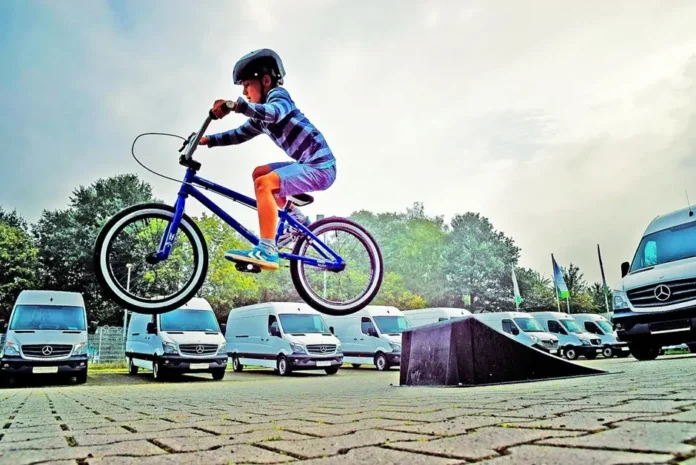Your kid wants a dirt bike, but are they ready? They crave adventure and independence. However, it’s your job to keep them safe. Before purchasing the bike and safety gear, consider the following.
Safety Gear: Protect Their Head and Body
Your child must be protected when riding. Never let them get on the bike without a helmet made just for dirt biking. They also need goggles, gloves, elbow and knee pads, and boots that cover the ankle. Consider getting them a chest protector, as well. Always test the gear before a ride to ensure it still fits, as kids grow fast.
While equipment doesn’t eliminate the potential dangers associated with dirt biking, wearing proper safety apparel tailored for this rigorous activity drastically reduces the risk of significant scrapes, bruises, or other minor to serious injuries for young children learning to ride motorized off-road bikes. Investing in quality protective gear gives parents and kids confidence for a safer experience. Focus on this rather than on customizing your Kawasaki for their use.
Bike Size and Power
Consider height and age when choosing the child’s first bike. Generally, lighter 50cc bikes are suited for small-framed preteens, while bigger kids may start with a 125cc youth model. The bike should allow them to sit comfortably with their feet touching the ground. Taller kids may fit better on 85cc or 125cc bikes with larger frames and seat heights. However, always have your child test sit on the bike to assess the fit. Too large and powerful can cause them to lose control, and too small can make maneuvering difficult. Ease them into riding with something sized just right.
Riding Areas for Beginners
Start slowly by sticking to wide, flat-riding areas without dangerous obstacles, preferably private property you can access. Open grassy fields or slow trails through the woods allow room to build confidence gradually. Do not take inexperienced child riders onto challenging mountain bike trails with steep grades, holes, or tight turns. Rushing into difficult terrain can intimidate them and lead to crashes and injuries.
Your Supervision and Instruction
While dirt biking allows kids independence, parents must closely supervise initial rides. Before allowing them out independently, ensure they demonstrate complete control of basic functions like using the clutch, shifting gears, starting and stopping, maintaining balance at different speeds, and turning. Invest time teaching the rules and techniques of safe dirt biking, continually reinforcing proper riding position and behavior until they’ve proven themselves responsible.
Setting Rules and Expectations
Communicate ground rules right from the start. Explain any off-limit areas or tricks you deem too risky. Emphasize always wearing their helmet and safety gear, sticking to the designated practice area, and getting permission before each ride. Make sure they understand basic hand signals for passing or stopping. Outline consequences for breaking rules or ignoring warnings to stress how vital responsible riding habits are. Your guidance and boundaries will help minimize chances for preventable accidents as your child discovers the thrill and rewards of dirt biking.
Dirt biking can be a fun, rewarding sport when kids are properly prepared with the right guidance. While it may require an investment in equipment and supervision, the payoff in pride, confidence, and skills they gain makes it worthwhile. Parents can cultivate responsible riding habits in children by keeping these five key considerations around safety, bike sizing, riding areas, instruction, and rules in mind. Taking the time upfront to set your child up for success will lead to many carefree hours of adventure on the trails. With some precaution and wisdom, a dirt bike can create lasting memories between parent and child as their skills progress.


